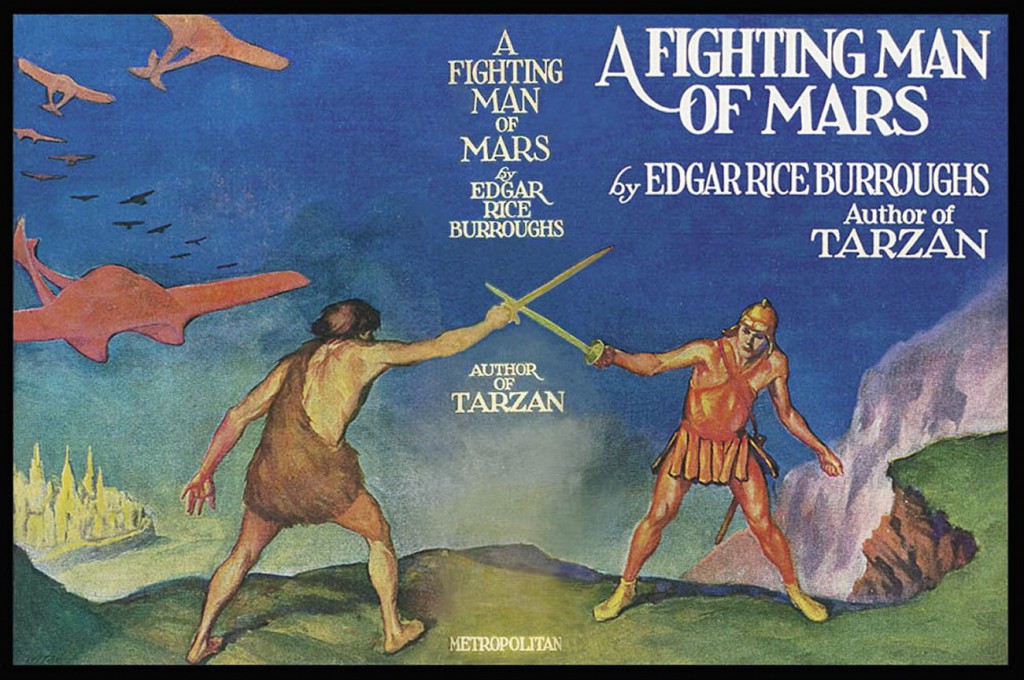 Back on Mars already?
Back on Mars already?
I’ve now crossed the equator of the eleven-book Martian series, and A Fighting Man of Mars is the first volume of “Phase #3” of Barsoom. Phase #1 is the original John Carter trilogy of the early ‘teens. Phase #2 comprises the three books where Burroughs tried new heroes. Phase #3, which covers the three books published in the 1930s, has John Carter return as the protagonist, and shows ERB spreading out the time between the books until he eventually quits writing them altogether. (Synthetic Men of Mars is the last actual novel of the series; the two following books are compilations of novellas.) Even though the first book of the new phase still features a hero other than John Carter, a new decade has arrived, and with this book it seems that ERB is seeking to re-capture the excitement of the first trilogy.
Our Saga: The adventures of Earthman John Carter, his progeny, and sundry other natives and visitors, on the planet Mars, known to its inhabitants as Barsoom. A dry and slowly dying world, Barsoom contains four different human civilizations, one non-human one, a scattering of science among swashbuckling, and a plethora of religions, mystery cities, and strange beasts. The series spans 1912 to 1964 with nine novels, one volume of linked novellas, and two unrelated novellas.
Today’s Installment: A Fighting Man of Mars (1930)
Previous Installments: A Princess of Mars (1912), The Gods of Mars (1913), The Warlord of Mars (1913–14), Thuvia, Maid of Mars (1916), The Chessmen of Mars (1922), The Master Mind of Mars (1927)
The Backstory
Burroughs started writing A Fighting Man of Mars in February 1929. Most of it he dictated onto Ediphone cylinders for his secretary to type later, a practice the author used for the rest of his career. The new book sold faster than The Master Mind of Mars, although All-Story still rejected it before Blue Book picked it up for $8,000 — seven times what Hugo Gernsback paid for Master Mind. The sale must have come as a great relief to ERB, since between writing the book and its appearance in six parts in Blue Book (April–September 1930), two major events occurred that shook up the author’s life. …
Read More Read More
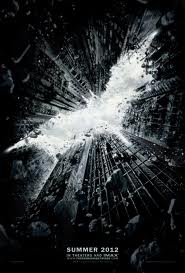 Dear Black Gate Readers and all my friends at the site,
Dear Black Gate Readers and all my friends at the site, Almost exactly a year ago,
Almost exactly a year ago, 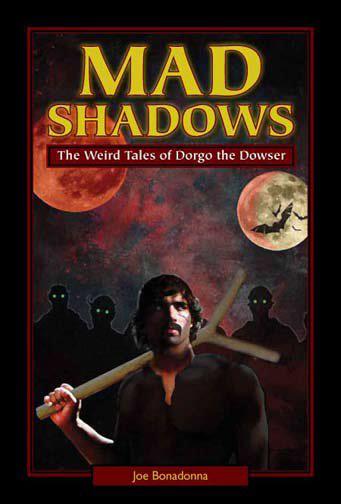
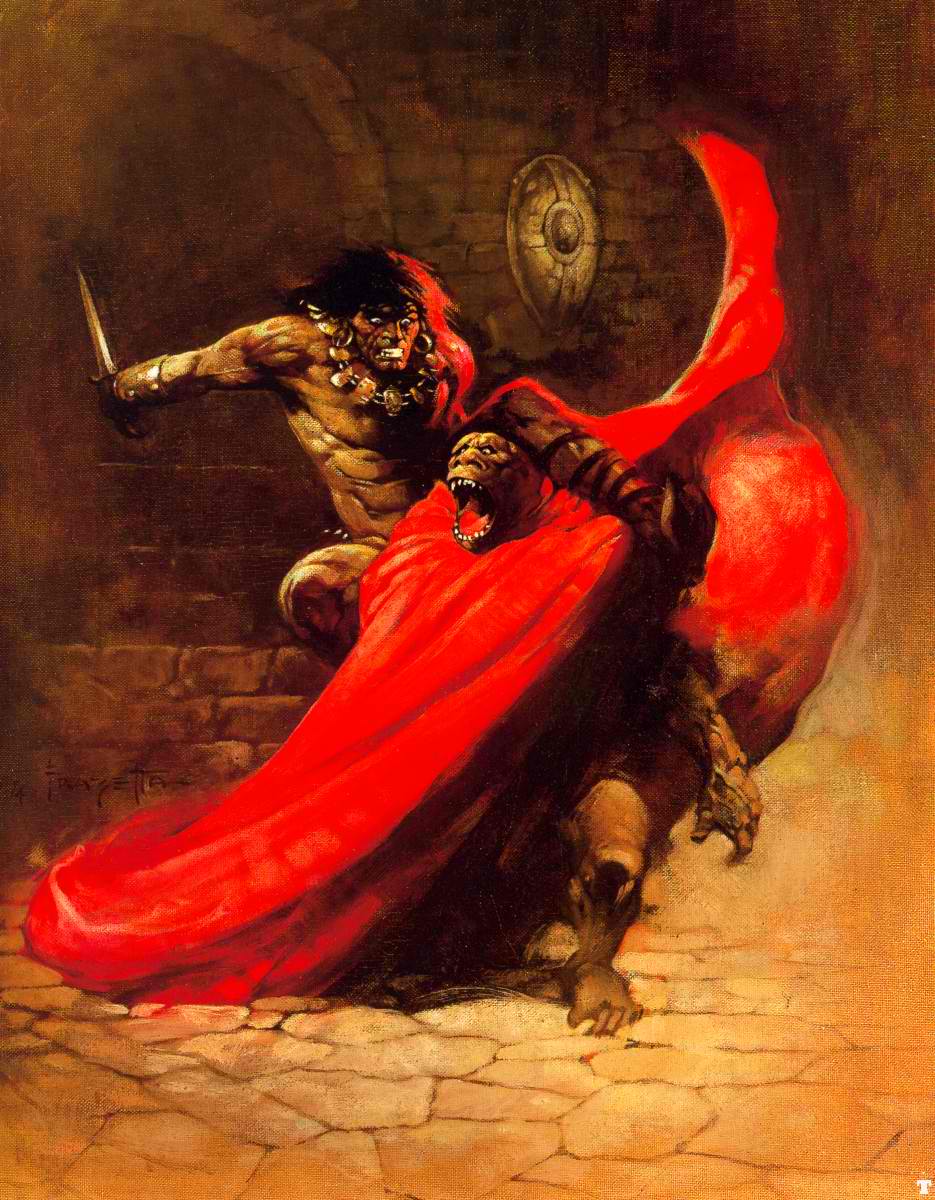
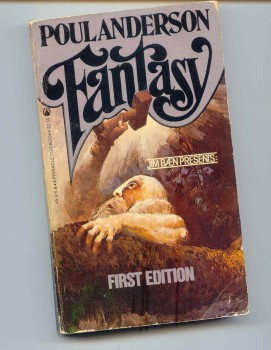 I’ve always enjoyed fantasy fiction in the short form. In an age when a typical series stretches seven-plus doorstopper-sized volumes without the guarantee of an actual ending, it’s refreshing to take a quick dip into the pool of the fantastic rather than committing to a read akin to a trans-Atlantic journey in the age of sail.
I’ve always enjoyed fantasy fiction in the short form. In an age when a typical series stretches seven-plus doorstopper-sized volumes without the guarantee of an actual ending, it’s refreshing to take a quick dip into the pool of the fantastic rather than committing to a read akin to a trans-Atlantic journey in the age of sail.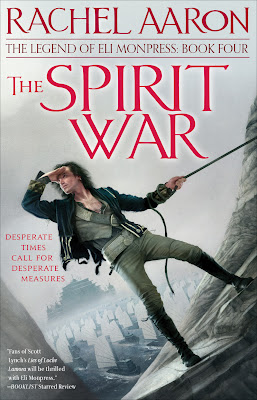

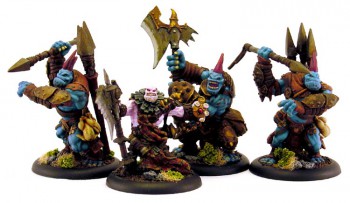
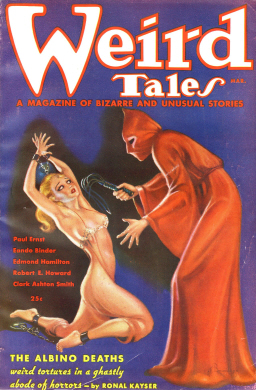
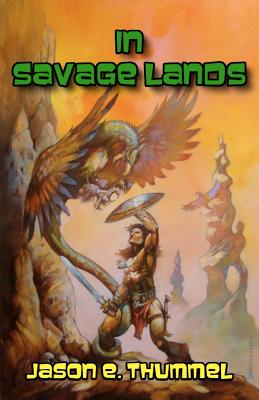
 Back on Mars already?
Back on Mars already?